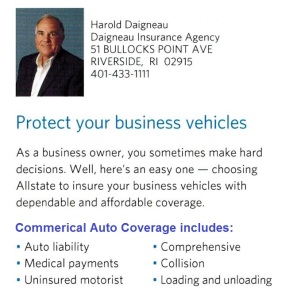Your home is filled with memories, personal mementos, and most importantly, your family; the risk of losing your valued possessions to theft is a situation you never want to encounter. Ensuring that damages and loss due to theft are covered by your home insurance is important. Here are the questions you should ask yourself and your insurance agent about protecting your home in case of a break-in, and things you can do to protect your home and reduce your insurance rates.
Look Over Your Existing Policy
The first step in protecting your home is to see if your existing policy covers both your property and the contents of your property in case of a break-in. Most basic homeowner’s policies do not cover these, and so you’ll want to get a clear picture of what you need before proceeding.
Asking Your Agent
There may be a number of things you can do to reduce the amount you will pay for theft protection, including combining existing policies and making changes to your home’s security. If you already have homeowner’s insurance, adding theft protection may be cheaper than buying a separate policy, especially if you were to go with a different company or broker. Installing an alarm system, adding locks to windows, and other types of home security protection may qualify you for a discounted rate on your insurance.
Creating Peace Of Mind
Regardless of the insurance issues, protecting your home and family in case of a break-in is important to your peace of mind. Things such as simply hanging a security sign in your window, leaving lights on when you are not home at night, and changing your routine can deter theft. They may not qualify you for a reduced insurance rate, but may protect your home nonetheless.
Free to Our Customers
We highly recommend that you take a look at the Digital Locker and use it to its fullest advantage. It is a way that you can keep a personal inventory of everything you own.
The Digital Locker is free and you can use it online or you can download the app and use it on your phone (both iPhone and Android). This first link will take you to an Allstate web page where you can learn a bit more about it and the second link will take you right to the Digital Locker website.
http://www.allstate.com/digital-locker.aspx?cid=OTC-SOC-T-131201:Innovation
